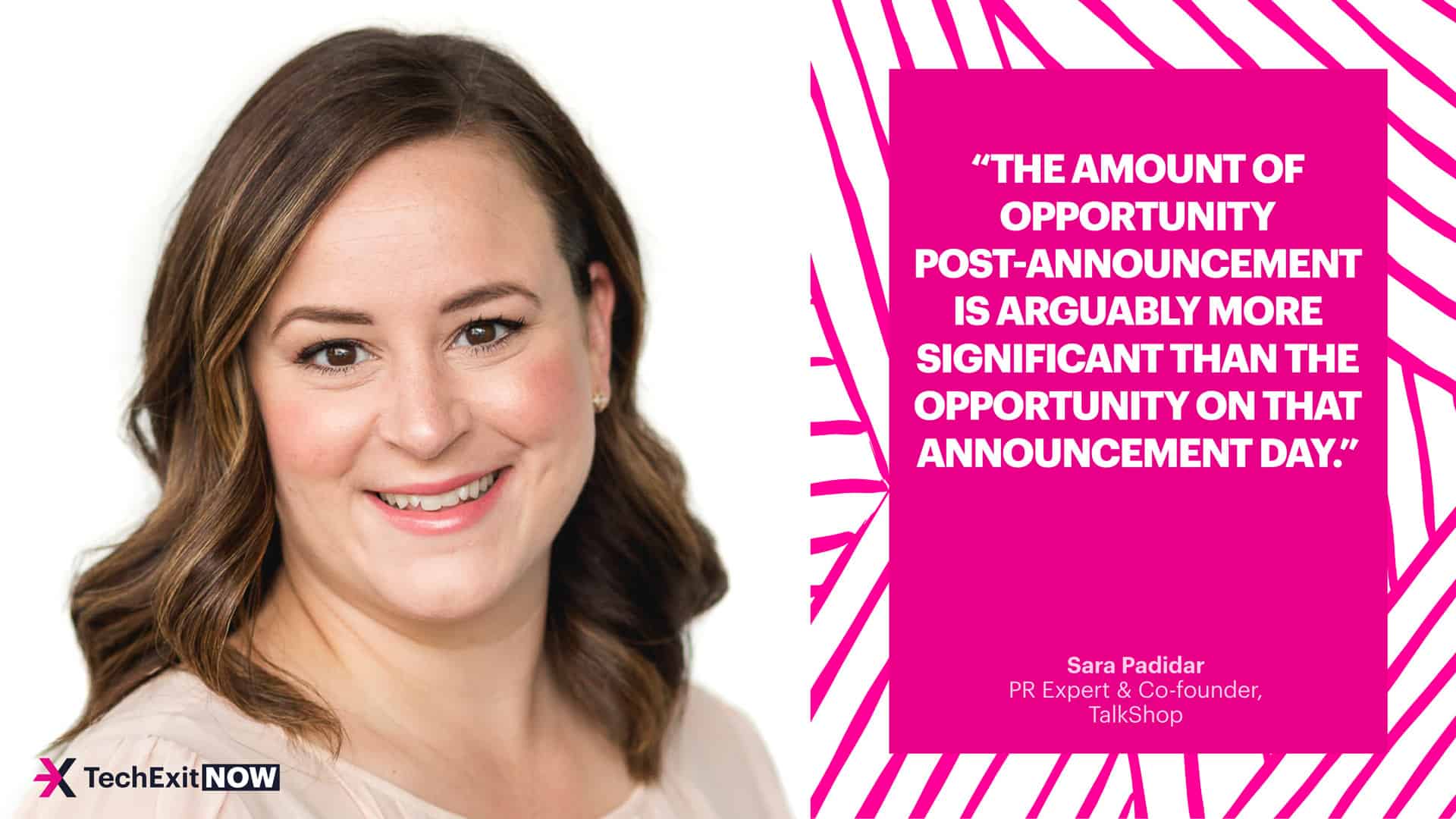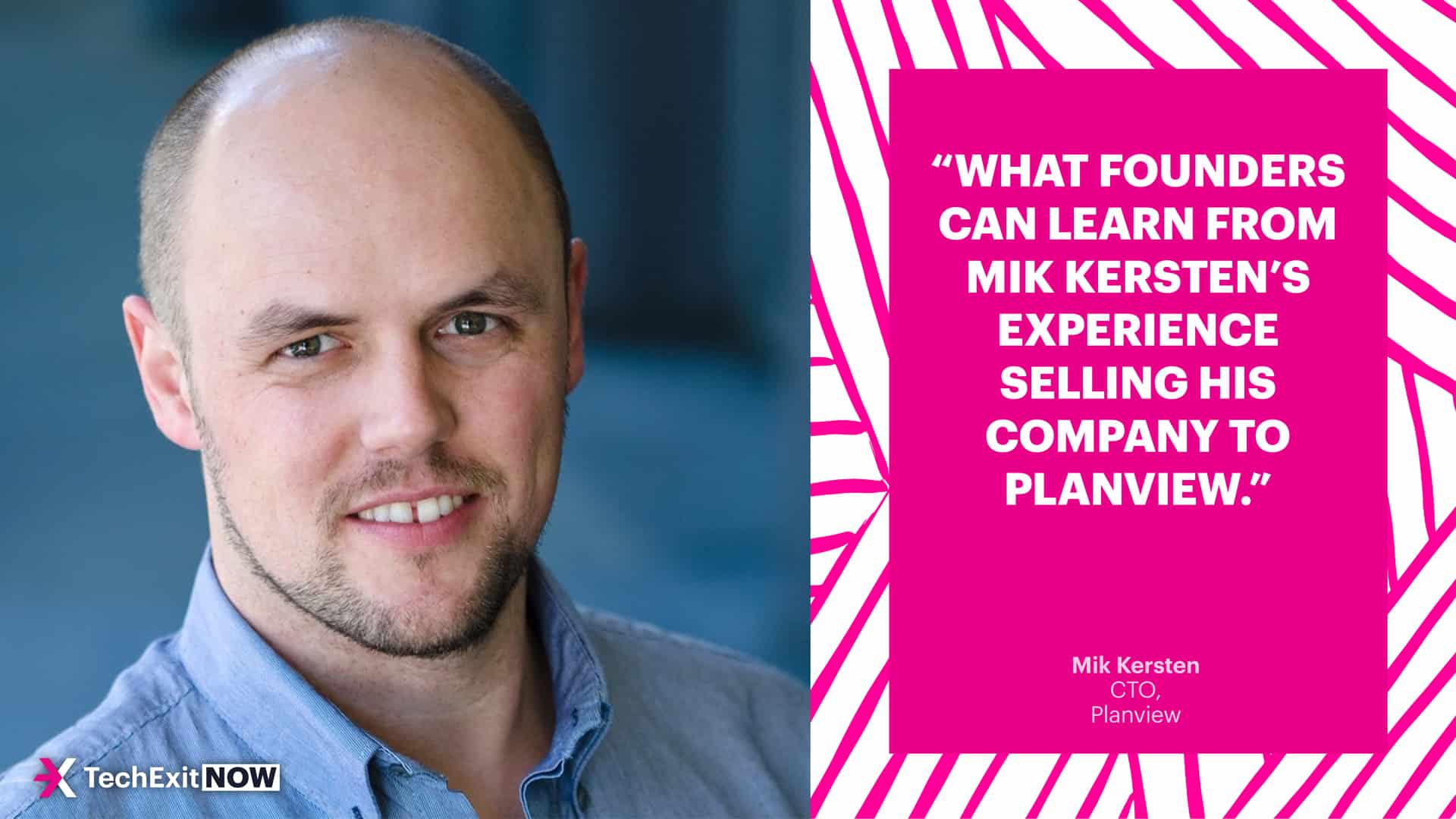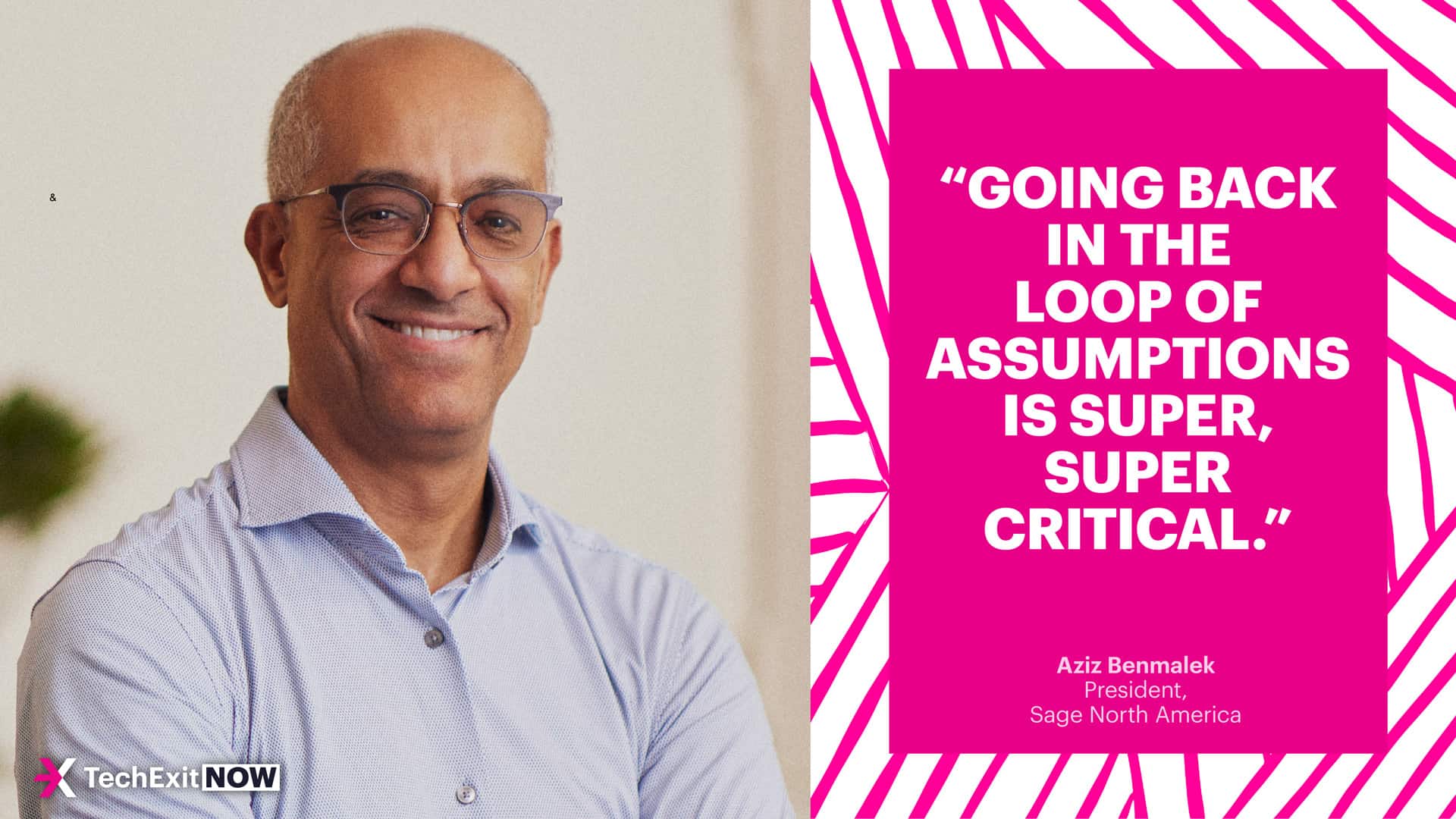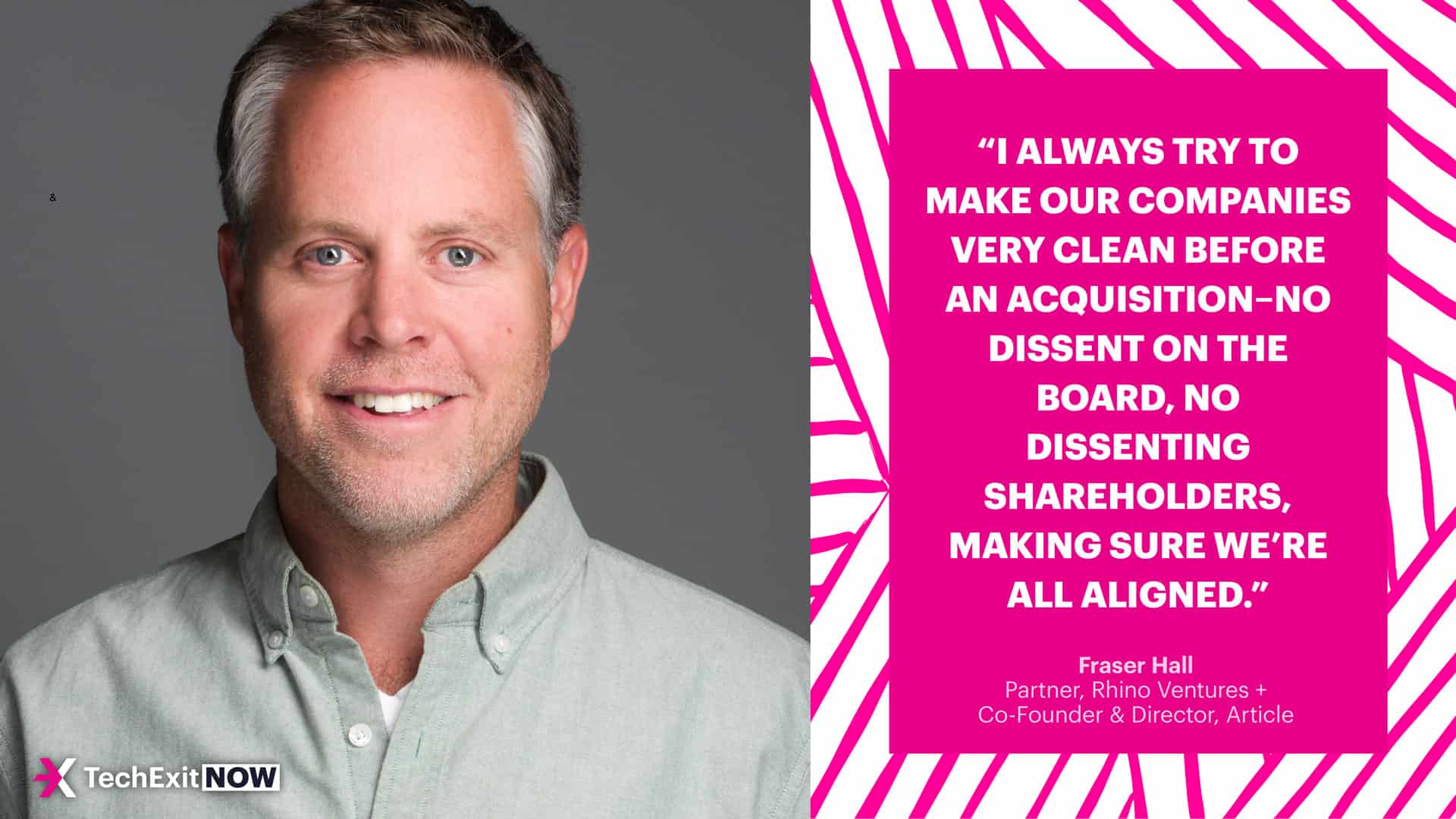Kim Kaplan: Startup M&A Isn’t Just About “Company” Growth
Stefan Palios
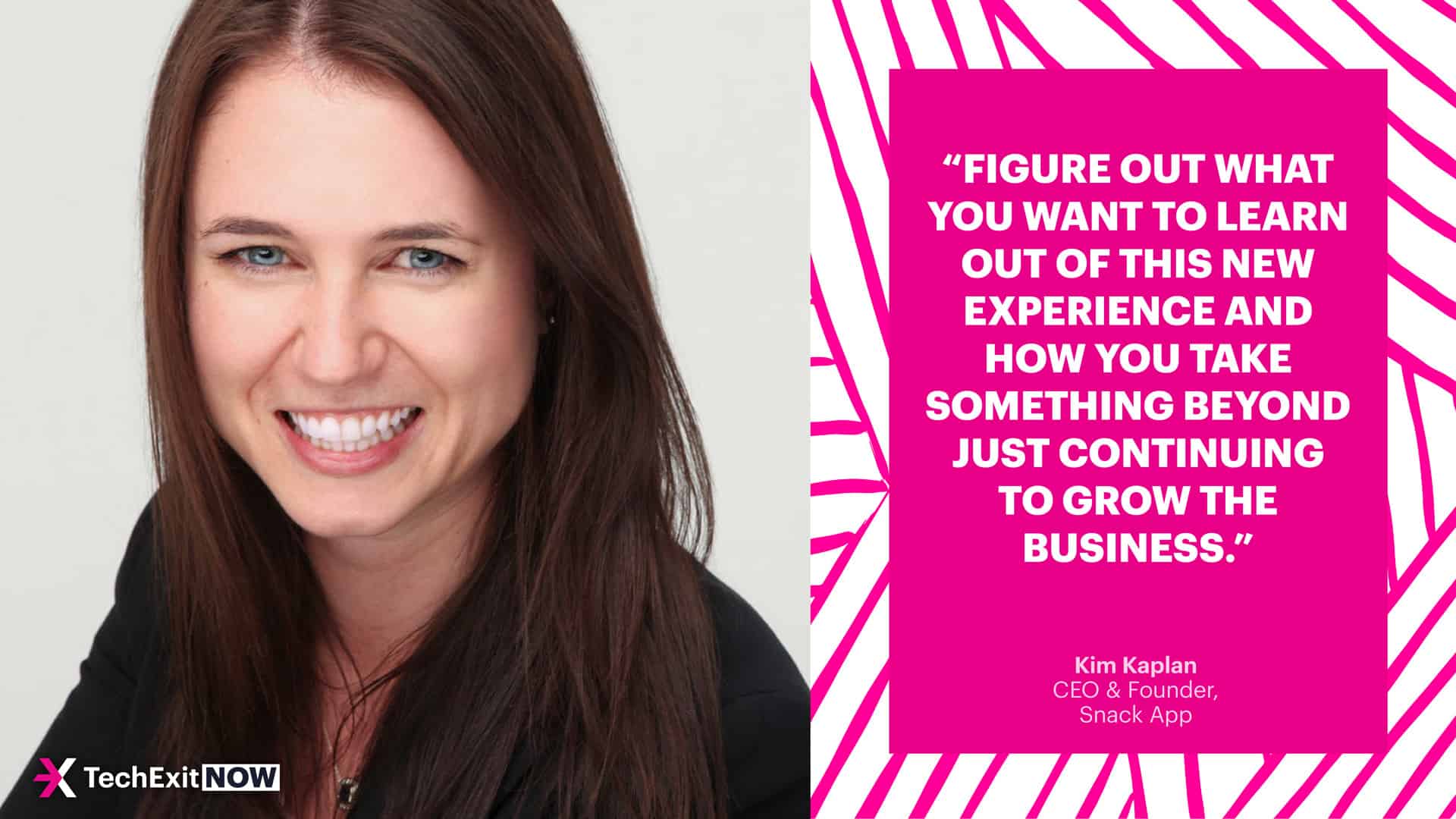
Selling a startup carries a lot of pressure for founders and early employees. Kim Kaplan knows the experience well, having spent 10 years at the dating site Plenty Of Fish (POF) and working through its acquisition by Match Group. Now, the founder of Gen-Z dating platform Snack is looking back on her experience. In a conversation with TechExit.io, Kim shared the key question that helped her structure her career as a startup employee going through an acquisition.
Key takeaways:
- Acquisitions primarily focus on business growth, but employees need to think about their own career growth as well.
- Start with personal awareness of the skills you’ve built and where your gaps might lie.
- Think consciously about the opportunities available to you at an acquired firm—how can new roles help you grow even more?
Regardless of exit value, earn-outs, or retention incentives, every founder and early team member of an acquired startup has to make a fundamental decision: join the acquirer or move on.
Yet answering this question requires asking another one.
It’s something Kim Kaplan experienced firsthand. After seven years in VP roles at the dating site Plenty Of Fish (POF), Match Group acquired the platform in 2015. She ultimately stayed for three more years post-acquisition before starting her own Gen-Z-focused AI- and metaverse-powered dating app Snack.
Speaking with TechExit.io after her conference talk, Kim shared more about the key question she asked to help guide her career as a startup employee post-acquisition.
Growth isn’t just for businesses
Any good acquisition is about growth. Everyone, from your board to the leaders of the acquirer, wants growth from the acquisition.
This kind of growth only focuses on the business entity. Of course, you are part of that entity as an employee and its success is your success in the form of equity, compensation, benefits, and more.
But there’s more to it, said Kim.
After being a senior leader at POF for years, the acquisition meant Kim would be leaving startup land and joining a global organization. While she said Match Group did a great job of integrating POF into the fold, the fact remained that POF founder Markus Frind moved on after the sale. Overnight, Kim went from working with the CEO-owner to becoming an employee in a much larger organization.
Through the experience, Kim learned she had to ask herself how she wanted to grow, rather than just wondering what her work might do for POF, Match, or any other company.
“Figure out what you want to learn out of this new experience and how you take something beyond just continuing to grow the business,” said Kim.
Assessing your human growth potential
As Kim thought about her own career journey, she said the process roughly broke into two steps.
1. Personal awareness of gaps
This comes from looking at the skill base you’ve built (or not) during your startup years. Even if you feel like your job is a little bit of everything, chances are the way your startup operates is different from a larger organization.
For example, Kim said her time at POF was spent in business development, marketing, and product management. A gap she noticed was around budgeting and forecasting in the context of a much larger organization.
“We were 100% founder-owned, and so we didn't do that rigour around budgeting and forecasting that you would typically see in a large organization, let alone a public entity,” said Kim.
2. Opportunities analysis at your future employer
Whether you’re having trouble identifying gaps or don’t know which ones excite you for the next step, you can narrow things down by looking at what is possible in the acquiring firm.
For example, Kim’s gap around budgeting and forecasting would be easily accessible in a global organization like Match Group; as a result, she asked for direct exposure to that team so she could learn.
But if that’s not necessarily the case, Kim said you can conduct an analysis with the following questions:
What is the acquiring company good at?
What does the acquiring company do differently than your startup?
What role(s) have you taken on in your organization that you might be able to expand on in the acquiring organization?
Another key element to consider is size. Even if you’re doing the same job–for example, HR processes and systems–it will look very different in a company with 200 versus 2,000 employees.
Who’s dating who?
After 10 years at POF, including three at Match Group, Kim left to start her own startup–Gen Z dating app Snack–leveraging the skills she learned during her time working in the online dating world.
Snack adds a twist to online dating: relationships can exist entirely online with avatars, move to the real world, or maintain a hybrid of both. Kim acknowledged the full technology for this vision (AI and the metaverse) doesn’t exist yet. However, she’s putting the pieces together that do exist while continuing to learn more as quickly as she can.
“We believe people will move towards metaverse dating, but because the technology is not there yet, it’s ‘how do we implement some of the components that will exist in a metaverse world in today's current technological technical landscape,’” said Kim.
BACK



